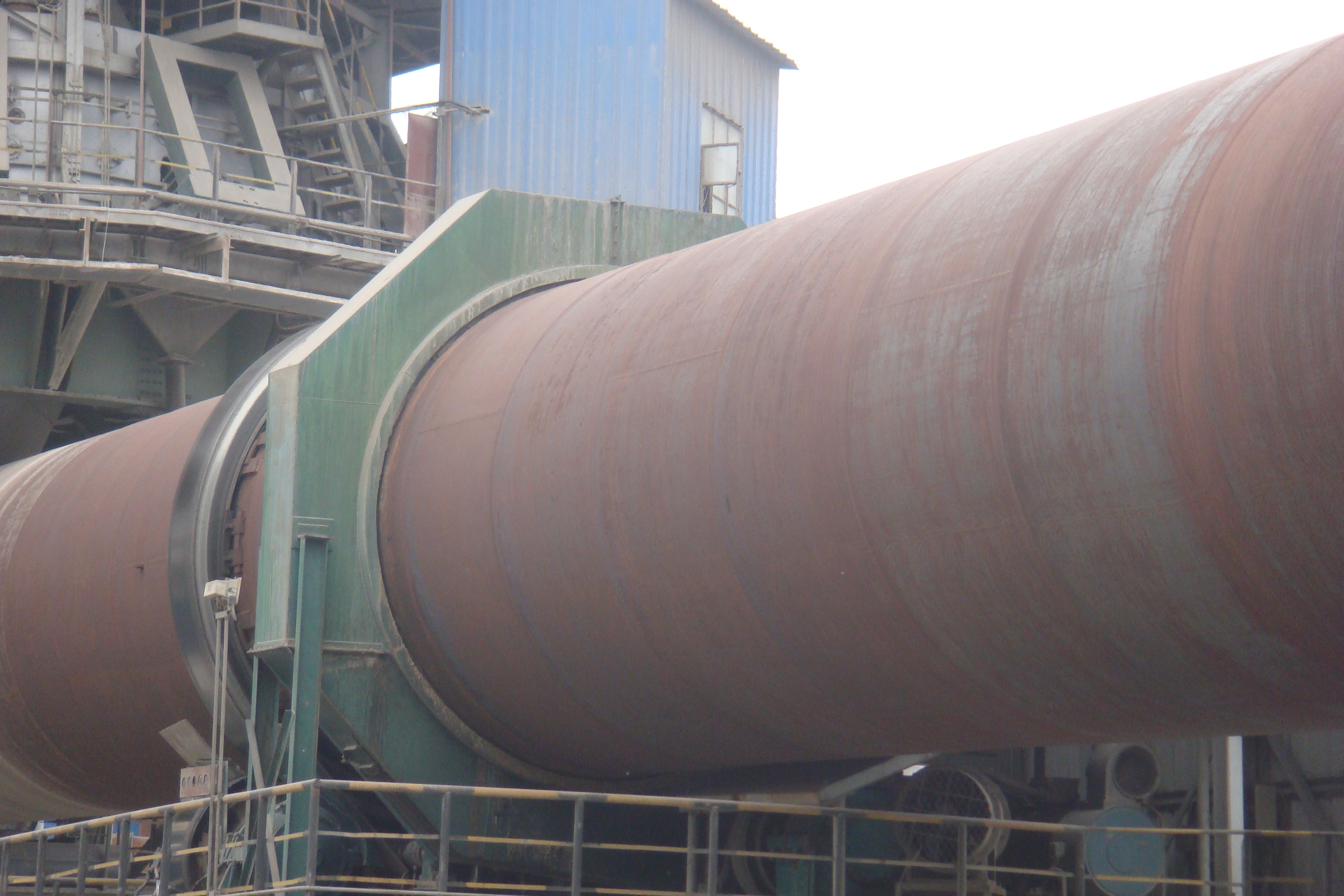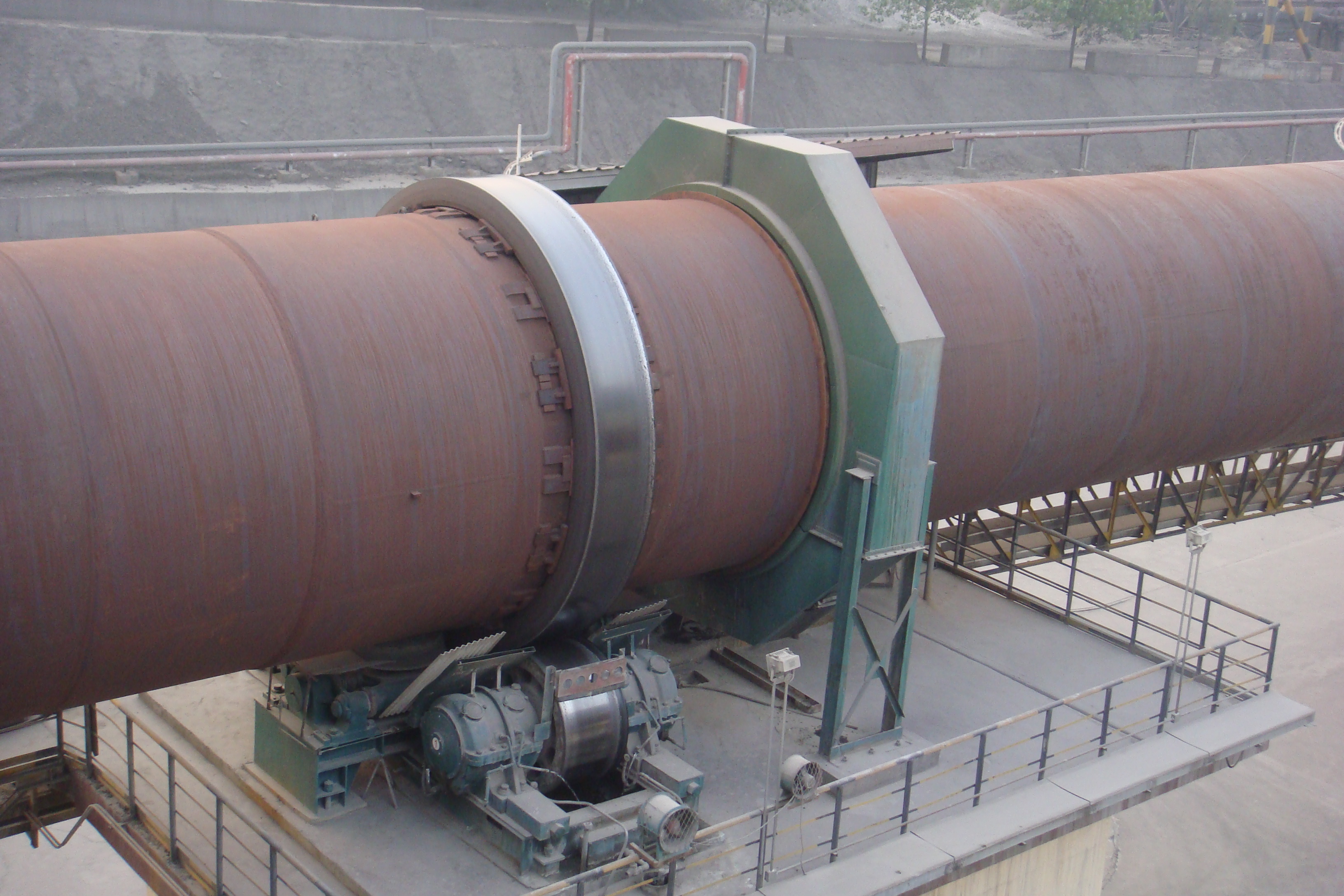Before installing the rotary kiln, be familiar with the drawings and related technical documents, and understand the equipment structure and installation requirements. Determine the installation sequence and methods according to specific conditions, prepare necessary installation tools and equipment, and formulate construction organization and plans. Carry out meticulous construction, complete the installation task with high quality and quickly.
The welding of the large section of the barrel is an important part of the installation of the rotary kiln. Its quality is directly related to the normal operation and service life of the kiln. Therefore, great attention must be paid to the following matters:

(1) Welding workers must be skilled and pass the examination to participate in welding work.
(2) Depending on the site conditions, the cylinder body can be welded by internal manual sealing, external automatic welding or manual welding. For automatic welding of Q235-C steel plate, welding wire with quality equivalent to 08A should be used; when manual welding is used, welding rod with quality equivalent to grade E4315 should be used. The welding rod must be dry and dry at 250℃ for 2 hours before use.
(3) The interface of the large section of the cylinder must be clean and dry. The iron plates used to ensure the interface gap should be removed one by one during welding. But note that it cannot be removed on the entire circumference at the same time.
(4) Any other work shall not be carried out in the kiln when welding the cylinder.
(5) Welding should not be performed from time to time when it is rainy or snowy. When welding in low temperature conditions below 5°C, the welding process and operating methods should be adopted, such as preheating the groove and what temperature measures should be taken after welding. Welding should not be carried out when the cylinder is exposed to sunlight. Because of the large temperature difference between the yin and yang of the cylinder, the center line of the cylinder is actually curved, and the welding should not be performed until it is not exposed to the sun. Similarly, when one side of the kiln shell is bent by the heat radiation of the poorly-running kiln, thermal insulation measures should be taken, such as using asbestos board as a thermal insulation wall protection.

(6) The arc starting and extinguishing points of each layer of welding meat must not overlap, and the weld must not have any appearance defects such as lack of meat, meat biting, slag inclusion, pores, and cracks. Every weld must be inspected for flaw detection. Both longitudinal and circumferential welds must be inspected. For the intersection of longitudinal and circumferential welds and where welders feel unsure, radiographic or ultrasonic inspection should be carried out. The inspection requirements are the same as this chapter.
(7) After the cylinder body is welded, check the distance between the width center of the tyre and the width center of the supporting roller. It should conform to the cold size of the drawing, and the allowable deviation is ±5mm; the tyre and the retaining rings or stoppers on both sides should be left according to the requirements of the drawing uniform gap.





















